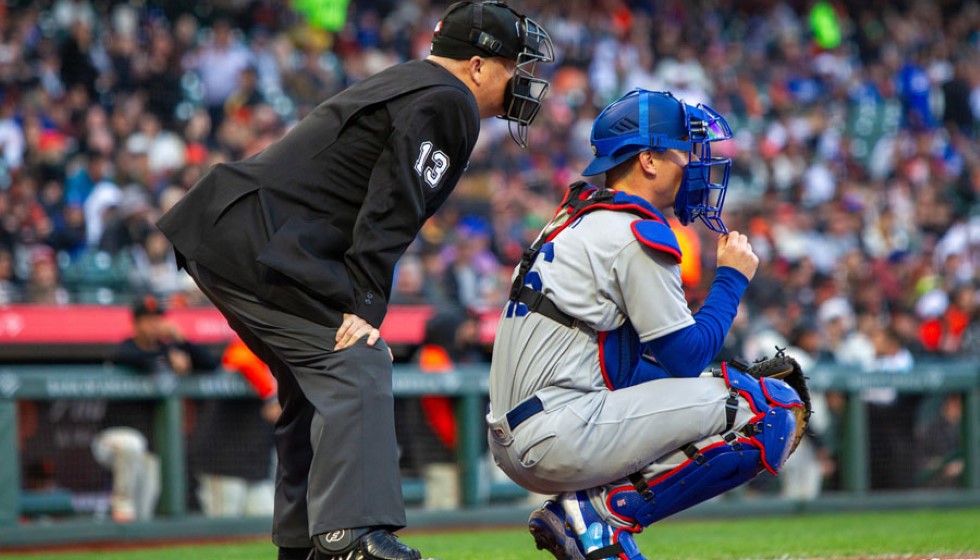
The recent Major League Baseball amateur draft was a whirlwind of talent acquisition, strategic signings, and significant financial commitments, shaping the future of several franchises.
Top Picks and High Stakes
The draft spotlight shone brightly on top picks such as Travis Bazzana, Chase Burns, and Charlie Condon, each securing monumental deals that reflect their potential impact on the teams that selected them. Travis Bazzana's selection as the first overall pick by the Cleveland Guardians came with an impressive $8.95 million signing bonus. Not far behind, Chase Burns, a right-hander from Wake Forest, was taken second by the Cincinnati Reds and garnered a $9.25 million deal. Georgia outfielder Charlie Condon, chosen third by the Colorado Rockies, matched Burns's deal with another $9.25 million.
The Cleveland Guardians and Colorado Rockies led the league in draft expenditure, each investing $19,236,100 in their selections. The Cincinnati Reds followed, spending $17,156,100, illustrating a clear dedication to reinforcing their rosters for the future.
Significant Signings and Key Commitments
Among those who inked substantial deals before the signing deadline, Trey Yesavage and Vance Honeycutt were notable highlights. Yesavage, drafted 20th overall by the Toronto Blue Jays, agreed to a promising $4,175,000 bonus. Honeycutt, selected 22nd by the Baltimore Orioles, secured a close $4 million. These signings reaffirm the continued trend of significant financial commitments for top draft picks.
On the other end of the spectrum, a few high-profile picks chose to forego professional contracts in favor of college commitments. Tyler Bell, selected 66th overall by the Tampa Bay Rays, opted instead for Kentucky. Similarly, Chris Levonas, drafted 67th by the Milwaukee Brewers, chose Wake Forest. Ryan Prager and Jaxon Jelkin, picked by the Los Angeles Angels and New York Mets respectively, also went unsigned. This trend highlights the increasingly complex decision-making process for young athletes balancing professional prospects with educational opportunities.
Strategic Movements and Future Investments
In response to their unsigned picks, several teams are set to gain compensatory picks in the next year’s draft. The Rays will benefit with the 67th pick, the Brewers will receive the 68th, and the Angels will add another selection after the third round, ensuring they maintain valuable opportunities to reinforce their rosters next season.
Comparatively, only one pick from the first ten rounds of last year’s draft failed to sign. Caden Kendle, who was a 10th-round selection by the St. Louis Cardinals last year, was picked in the fifth round by the Minnesota Twins this year and successfully signed for $147,500. This incremental progress underscores the dynamic nature of draft picks and the evolving consideration athletes must give to their career paths.
Financial Overview and Compliance
The draft saw a total commitment of $342 million, marking an 8.3% increase from last year's $315.8 million at the deadline. Despite the high stakes and large figures, no team exceeded the permissible 5% over their signing bonus pool, illustrating strategic financial management across the league. Twenty-three teams prudently grazed their limits within the 5% margin, with the Arizona Diamondbacks spending exactly their pool amount.
Notably, six teams came under their signing pool amount with Tampa Bay being $250,300 short, and Colorado $87,300 under. This continued adherence to financial regulations and strategic allocation of resources underscores the professional acumen within team management.
Looking Ahead
The MLB draft remains an intense period of strategic maneuvers, where teams balance between immediate needs and long-term gains. The flurry of signings, unsigned decisions, and compensatory pick adjustments continue to shape the strategic landscape of Major League Baseball. As teams eye next year's draft, the implications of this year's decisions will resonate through their planning and future success.
The ongoing dedication to both athletic excellence and financial stewardship ensures that Major League Baseball remains a dynamic and competitive arena, where the next generation of stars are carefully nurtured and invested in by their respective franchises.